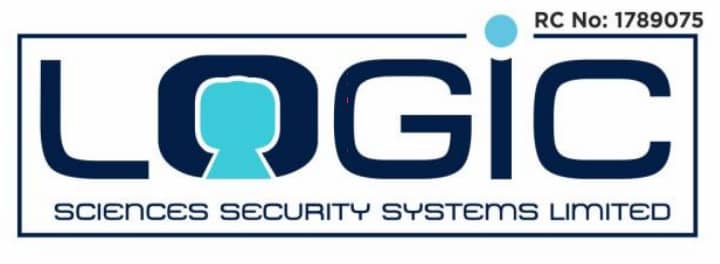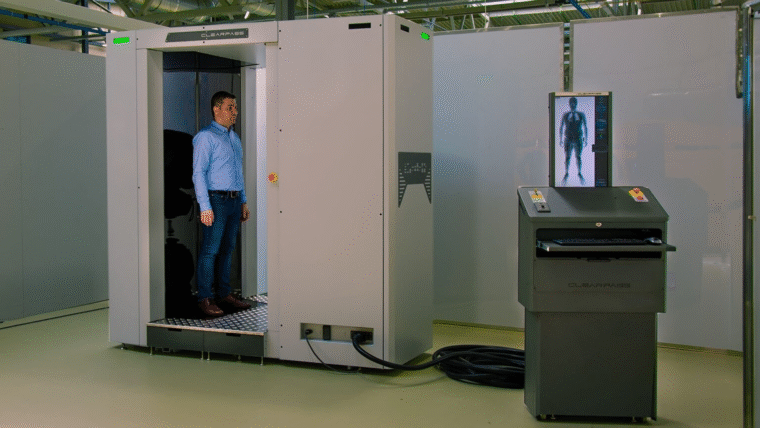Whether it’s a busy airport terminal or the entrance to a secure facility, the tools used to scan baggage and parcels play a quiet but critical role in public safety. Baggage and parcel inspection has become a frontline defense in maintaining safety across airports, courthouses, transit hubs, and more. Far beyond the simple X-rays of the past, modern inspection systems combine sophisticated technology with real-time data analysis to detect threats quickly and accurately. In this guide, we’ll explore the key equipment that powers today’s inspection systems and why it matters more than ever.
What Is Baggage and Parcel Inspection Equipment?
Baggage and parcel inspection equipment encompasses a range of advanced technologies designed to non-invasively examine the contents of luggage, parcels, and packages. These systems are integral to security protocols in airports, government buildings, hotels, and other sensitive areas, aiming to detect and prevent the introduction of dangerous items such as weapons, explosives, narcotics, and contraband.
Also read: People Screening Equipment: All You Need to Know
Components of Baggage and Parcel Inspection Equipment
The effectiveness of baggage and parcel inspection systems lies in their ability to offer comprehensive analyses of the contents of baggage and parcels, ensuring that security personnel can quickly and accurately assess potential risks. Advanced features like dual-energy imaging and automatic threat detection further enhance their capability, making them indispensable in modern security protocols.
Key components of baggage and parcel inspection systems include:
1. X-Ray Baggage Scanners
X-ray scanners are the cornerstone of modern security screening, allowing for non-intrusive inspection of luggage and parcels.
How They Work:
X-ray scanners emit X-rays that penetrate objects, with varying absorption levels depending on the material’s density. Detectors capture the transmitted rays, producing images that reveal the contents of the baggage.
Also read: People Screening Equipment: Where are they Used?
Key Features:
- Dual-Energy Imaging: Utilizes two energy levels to differentiate materials based on atomic composition, enhancing threat detection capabilities.
- Color-Coded Imaging: Assigns colors to different materials (e.g., organic, inorganic, metals) to aid operators in identifying potential threats quickly.
- Automatic Threat Detection: Advanced software algorithms analyze images in real-time, flagging suspicious items for further inspection.
Notable Models:
- Rapiscan Orion 920DX: Features dual-view technology and real-time detection alerts for explosives and narcotics.
- Smiths Detection HI-SCAN 6040 DV: Offers high-resolution dual-view imaging for automatic detection of explosives and liquids.

2. Metal Detectors
Metal detectors are essential for identifying metallic threats concealed on individuals or within baggage.
Operating Principle:
These devices use electromagnetic induction to detect metal objects. When a metal item enters the detector’s magnetic field, it disrupts the field, triggering an alert.
Also read: Trace Detection Equipment: Where are they Used?
Types:
- Walk-Through Metal Detectors: Commonly used at security checkpoints, these allow individuals to pass through while being scanned for metallic objects.
- Handheld Metal Detectors: Portable devices used for targeted scanning, especially useful for secondary inspections.
Advanced Models:
- CEIA 02PN20-LFA: Designed for high-throughput environments, capable of detecting both ferrous and non-ferrous weapons with minimal false alarms.
3. Liquid Inspection Systems
With the rise of liquid-based threats, specialized equipment has been developed to analyze the contents of liquid containers.
Technology Used:
- Near-Infrared Spectroscopy: Analyzes the absorption spectra of liquids to identify their chemical composition, distinguishing between harmless substances and potential threats like explosives.
- Raman Spectroscopy: Provides molecular-level identification, allowing for precise detection of hazardous liquids.
Also read: What are High-end Security Services?
Applications:
These systems are crucial in airports and other high-security areas to ensure that liquids carried by individuals do not pose a threat.
4. Integrated Security Solutions
Modern security demands have led to the integration of various inspection technologies into cohesive systems.
Features:
- Combined Detection Capabilities: Systems like the RTT 110 offer high-speed, automated detection of explosives in checked baggage, streamlining the inspection process.
- Advanced Imaging Software: Tools such as SINERGY™ enhance image clarity, aiding operators in identifying threats more effectively.
Benefits:
- Improved Efficiency: Integrated systems reduce the need for multiple separate inspections, speeding up the screening process.
- Enhanced Accuracy: By combining different detection methods, these systems provide a more comprehensive security check.
Also read: What are Advanced Security Screening Products & Solutions?
Applications of Baggage and Parcel Inspection Equipment Across Sectors
Baggage and parcel inspection systems are deployed in various environments:
- Airports: For passenger and luggage screening.
- Customs and Border Control: To prevent smuggling and illegal imports.
- Public Events and Venues: Enhancing security at concerts, sports events, and conferences.
- Government Buildings: Protecting sensitive facilities from potential threats.
We cover this topic in more detail here: Where Are Baggage and Parcel Inspection Equipment Used
While the need for security is indisputable, accurate analysis is equally important. Only when the operators of these systems are well-trained can we achieve this. In the next section, we will briefly discuss the importance of accurate results and skilled operators.
Importance of Operator Training
While advanced technology enhances detection, skilled operators are crucial for accurate interpretation. Operators must therefore be skilled in the following areas:
- Detection Skills: Training improves the ability to recognize threats and anomalies.
- Equipment Proficiency: Ensures effective use of complex systems and software.
- Crisis Management: Prepares staff for emergency responses and decision-making under pressure.
Conclusion
The field of baggage and parcel inspection has transformed dramatically, incorporating advanced technologies to address emerging threats. Understanding the functionalities and applications of these inspection tools is vital for maintaining security across various sectors. As technology continues to advance, we can anticipate even more sophisticated systems to safeguard our environments.
Follow us on X (formerly Twitter), @Logic_sss, for more security guides and updates.


